Best Time for Yellow Jacket Extermination
Yellow jacket exterminations are most effective when performed during specific times of the year, primarily in late summer to early fall. During this period, yellow jackets are most active and accessible for removal, reducing the risk of stings and nest establishment. Timing is crucial to prevent large colonies from forming and to minimize human encounters.
This is the optimal time for extermination as yellow jackets are actively foraging and their colonies are at their largest. Early intervention can prevent nests from becoming more established.
Late fall is generally not recommended as yellow jackets become less active and colonies start to decline, making removal less effective.
Early summer is when colonies are small and less aggressive, but extermination at this stage can help prevent larger colonies later in the season.
Warm, dry days are best for extermination efforts, as yellow jackets are more active and easier to locate.
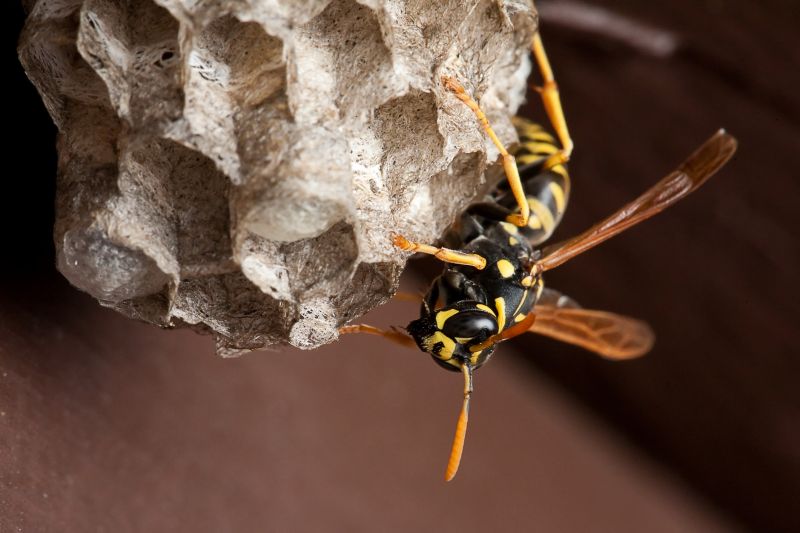
Yellow jackets construct nests in various locations, including underground and in structures.
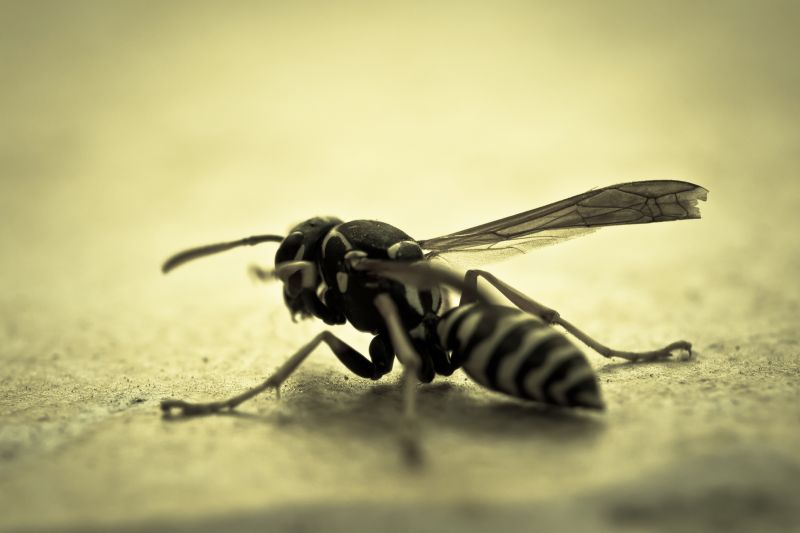
A large, active colony during late summer, highlighting the importance of timely extermination.

Yellow jackets actively forage for food, especially in late summer and early fall.

Ways to make Yellow Jacket Exterminations work in tight or awkward layouts.
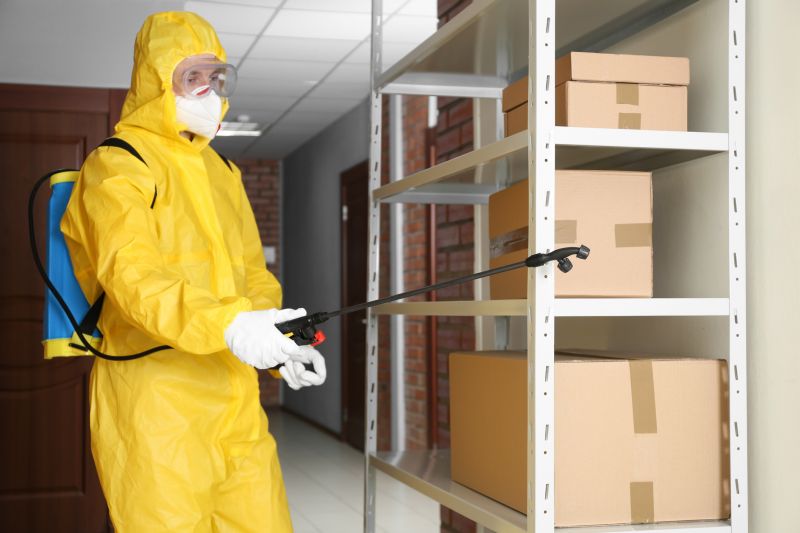
Popular materials for Yellow Jacket Exterminations and why they hold up over time.

Simple add-ons that improve Yellow Jacket Exterminations without blowing the budget.

High-end options that actually feel worth it for Yellow Jacket Exterminations.
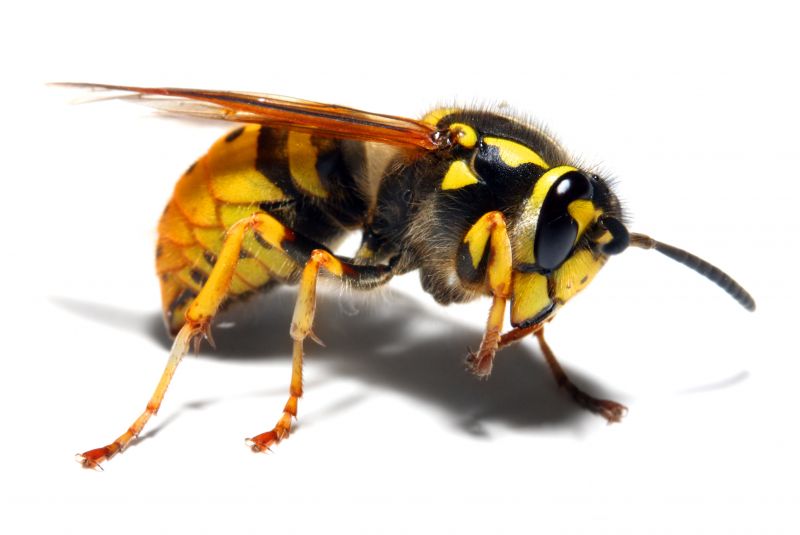
Finishes and colors that play nicely with Yellow Jacket Exterminations.
| Season | Effectiveness of Extermination |
|---|---|
| Spring | Less effective; colonies are small and less active. |
| Late Summer to Early Fall | Most effective; colonies are large and active. |
| Late Fall | Less effective; colonies are declining. |
| Early Summer | Effective for prevention; colonies are small. |
Yellow jacket exterminations require careful timing to ensure safety and effectiveness. The late summer to early fall period offers the best opportunity to remove colonies before they reach their peak size. Proper timing not only reduces the risk of stings but also prevents nests from expanding further, which can lead to more complex removal efforts later.

Yellow jackets are often found near their nests during peak season.

Proper removal techniques are essential for safety and effectiveness.
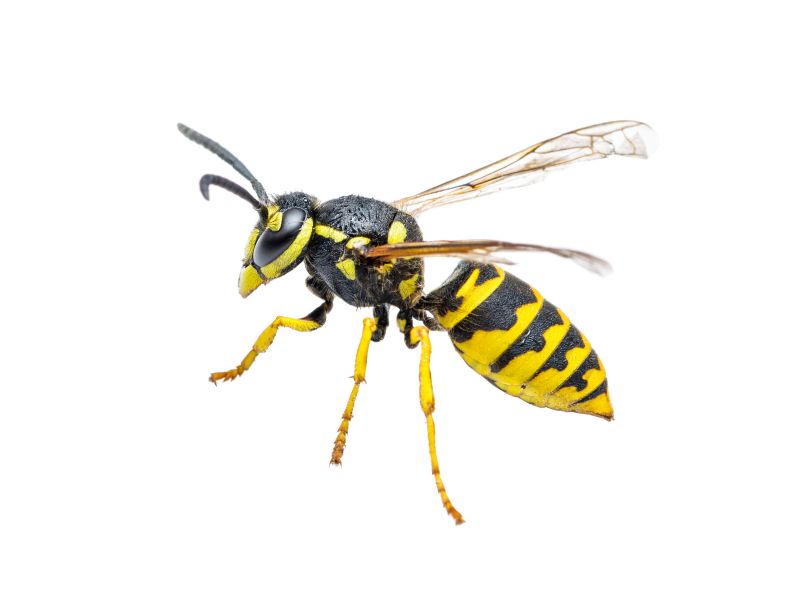
Foraging behavior observed during late summer.
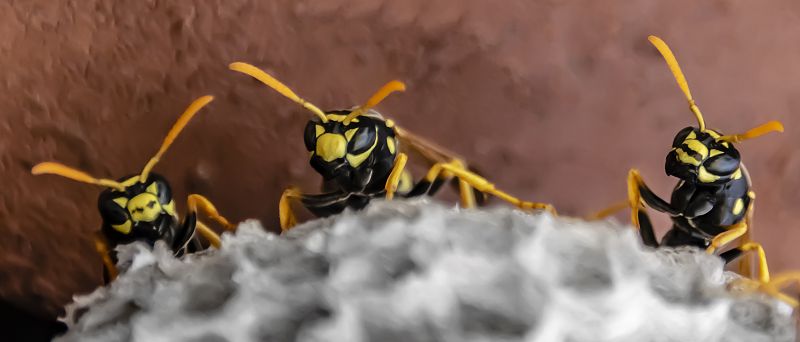
Many colonies develop nests below ground, requiring specialized removal methods.
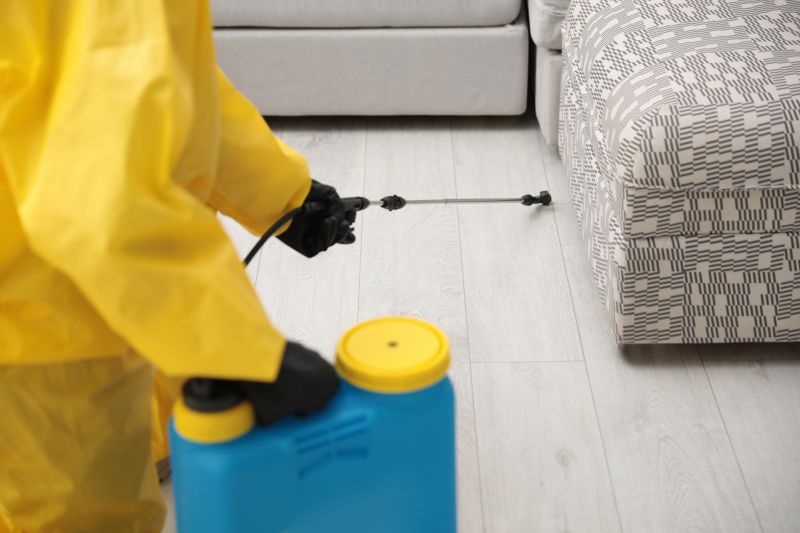
Little measurements that prevent headaches on Yellow Jacket Exterminations day.

A 60-second routine that keeps Yellow Jacket Exterminations looking new.
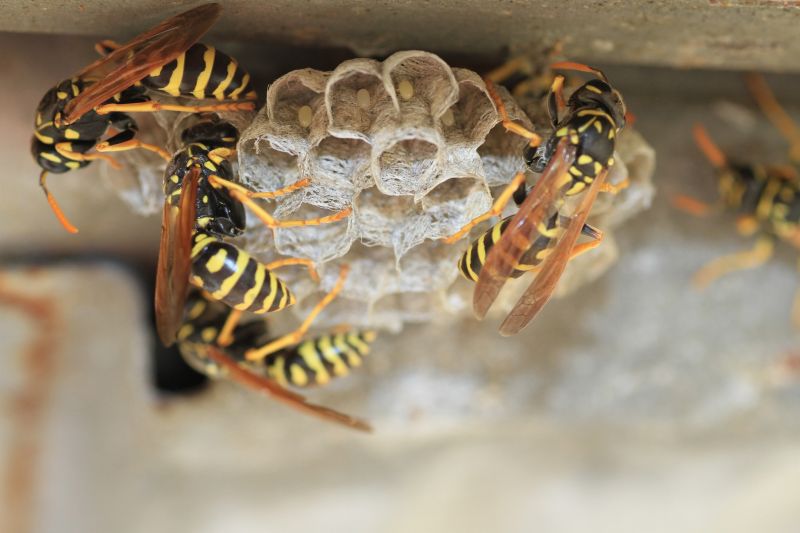
A frequent mistake in Yellow Jacket Exterminations and how to dodge it.

Small tweaks to make Yellow Jacket Exterminations safer and easier to use.
Understanding the behavior and lifecycle of yellow jackets is vital for effective extermination. Timing efforts to coincide with their most active periods ensures better results and minimizes risks. Consulting with pest control professionals can help determine the optimal time for intervention based on local climate and yellow jacket activity patterns.
Interested in removing yellow jackets? Fill out the contact form to schedule an inspection and treatment.



